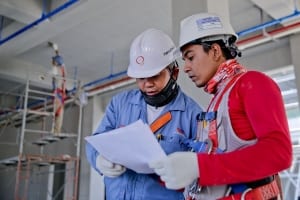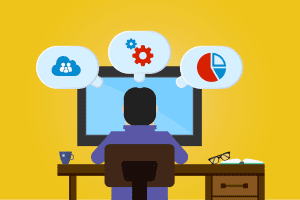3 Things That Will Make Your Offices Way More Comfortable

Do yourself and your workers a favor by taking measures to improve the environment of your offices. Here are three ways to help you do just that so that everyone will be able to work comfortably.
1. Good Ventilation
No one likes to work in an enclosed space that becomes stuffy and stagnant. If you don’t have high-quality fans and ventilation throughout your offices, then the air is very likely to feel stale and uncomfortable. This doesn’t just apply to the hotter months of the year, either. When the heating is running in your offices during the colder months, then it is just as likely to feel stuffy inside if you aren’t taking the proper measures to circulate the air.
Look for the best heat recovery ventilation system that you can find to help keep the climate of your office comfortable and circulated. Such systems can also help save on energy costs in some scenarios as they can help the air in your offices reach the desired temperature more efficiently.
2. Window Coverings
It is always nice when an office space has plenty of windows that let in natural light. Windows can also make a space feel larger and less cramped. That being said, lots of windows make it difficult to control the climate in an office as they allow the heat from the sun to stream in during the warmer months of the year. The glass of windows can also allow cold to enter during the winter months.
Window coverings can help provide the extra insulation that you need in your offices. This can keep out the extreme temperatures outside so that you and your workers can have more control over the internal temperatures of your workspace.
3. Quality Office Chairs
A day at the office can be made increasingly more uncomfortable without the right chair. In fact, a poorly designed or worn-out office chair can lead to unbearable back and neck pain when sat in for too long. Sitting in the incorrect type of chair all day can also lead to poor circulation throughout your body, among other health risks. The chronic, nagging pain and discomfort from the wrong chair can make it difficult to focus as well.
While good quality office chairs are an investment, they are one that is definitely worth it in the end. By ensuring that you and your employees are sitting comfortably throughout the day, you can help ward off the chronic pain that generally accompanies jobs that see people sitting at desks all day and contribute to an overall more comfortable working environment.




